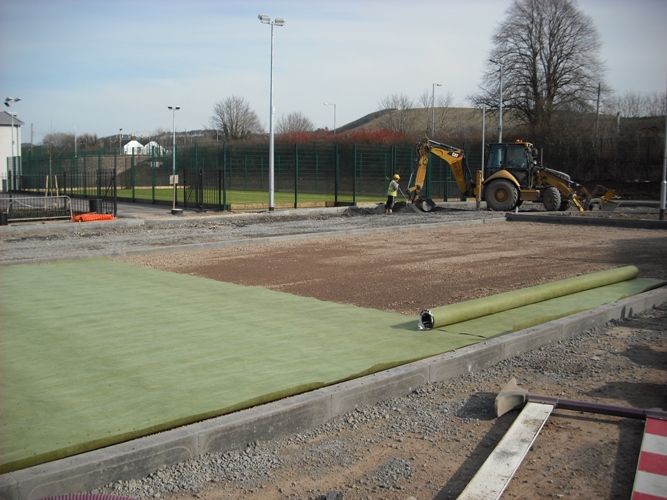Products
Inbitex™
Specialist geotextile developed to enhance the performance of Formpave Aquaflow permeable block paving and SuDS systems

Frequently Asked Questions
How important is the GSM (grams per SQM) weight of a Terram Geotextile?
The most important properties which affect performance of a geotextile are permeability, pore size, puncture resistance and tensile strength. GSM weight of a geotextile is a useful parameter for the purposes of internal quality control. TERRAM geotextiles often achieve the required functional performance at much lower weights compared to other geotextiles due to the exceptional quality control and state of the art manufacturing process.
What is a Terram Geotextile used for?
TERRAM geotextiles are predominantly used for separation and filtration of fill materials preventing intermixing and extending the service life of unbound materials. TERRAM geotextiles can also be used to provide puncture resistance and reinforcement in certain applications.
How do you joint Geotextiles?
Jointing TERRAM geotextiles can be achieved by overlapping, sewing, stapling or bonding. The simplest and most common jointing method is overlapping with overlap widths varying between 300mm and 1m depending upon the ground conditions and function of the geotextile. Please refer to TERRAM specification, design and installation guidance for more details.
What is the coefficient of friction?
The typical coefficient of friction of a TERRAM geotextile is between 0.7 & 0.8 depending upon the amount of thermal treatment applied during production. Woven geotextiles generally tend to have a lower coefficient of friction between 0.5 and 0.8.
What are the roll sizes?
TERRAM geotextiles are available in rolls up to 6.0m wide and up to 175m long although the standard size roll for most common grades in the “T” range is 4.5m wide x 100m long.
Original &
The Best
